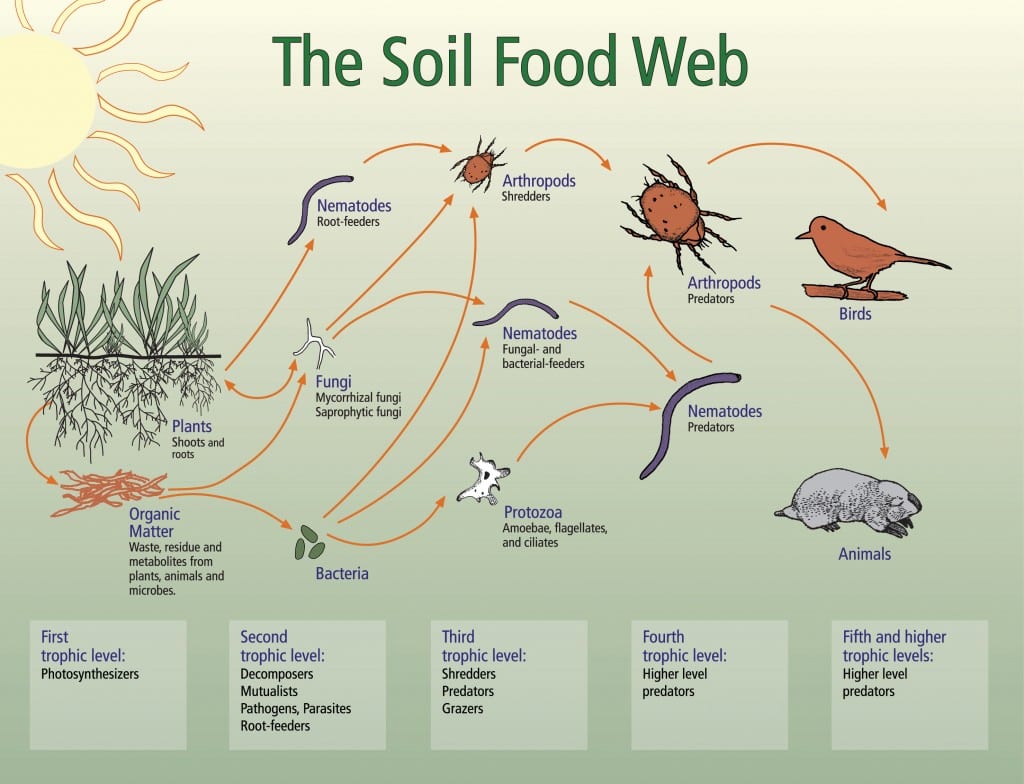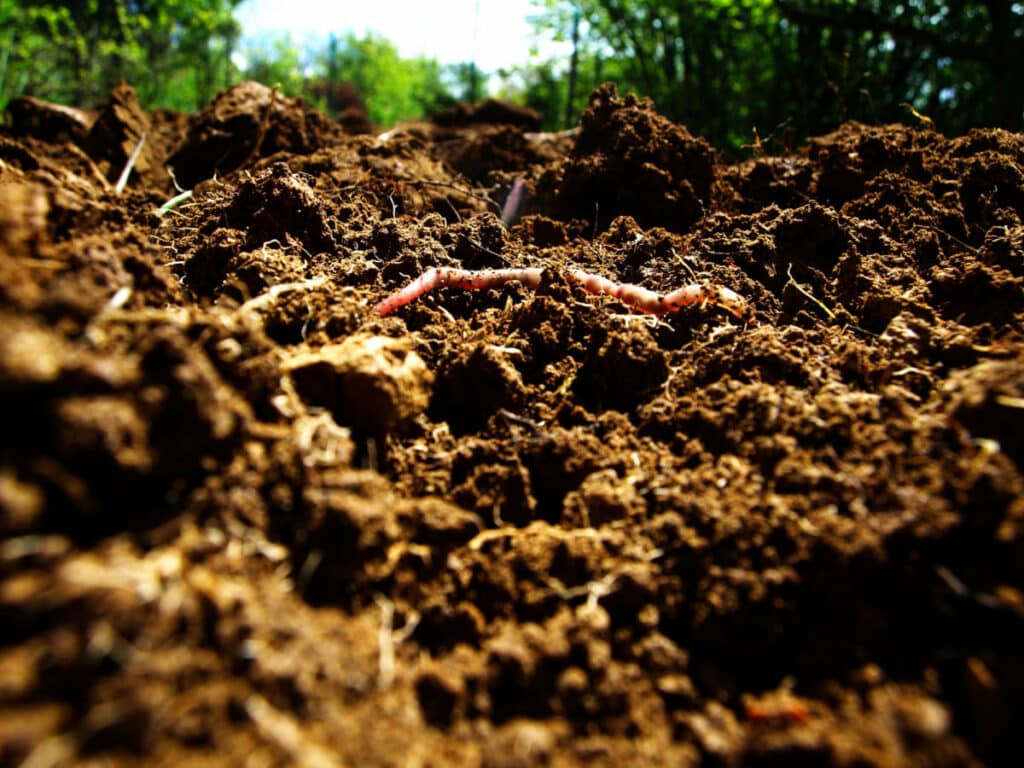By Dr. Stephano Haarhoff, AgriCarbon – Agronomist
Understanding soil biology’s ecological and functional role in Regenerative Agriculture (RA) farming systems is essential to reap the benefits and address the challenges associated with RA. Regenerative Agriculture consists of minimal soil disturbance, diversified crop rotations, permanent organic soil cover, and livestock integration. The common goals of RA are to improve soil health and build climate-smart cropping systems while sustaining the economic viability of farming systems and the food value chain. Soil organisms maintain a vital and multi-layered living ecosystem in agricultural soils. Each organism provides ecosystem services linked to energy conversion from soils to plants, nutrient cycling and soil health.
Communication between plants and microbes is essential for soil ecosystem functionality. Plant growth is sustained by several factors, such as carbon dioxide (CO2), sunlight (energy source), nutrients and soil water. Although most of these factors are readily available to sustain plant growth, nutrients may be unavailable for plants due to the soil texture or chemical limitations. This is particularly important for nitrogen, phosphorus and potassium. Unlocking the soil nutrient pool can be achieved by promoting the establishment of an enriched soil microbial community.
Soil microbes, such as bacteria and fungi, can extract nutrients from organic matter and the soil matrix to make them more available to plants. In return, plant roots release carbon-rich compounds during as food source for the soil bacteria and fungi to feed on. The high concentration of food sources in the rhizosphere – the immediate area surrounding plant roots – results in rich fungal and microbial communities. Nematodes, protozoa and microarthropods are attracted to prey on these communities, further promoting the recycling of soil nutrients.
Mycorrhiza refers to a symbiotic relationship between specific fungi and plant roots. In these relationships, fungi colonise plant roots by infiltrating the root tip and enlarging its hyphae (microscopic small hair-like roots) into the surrounding soil, increasing the rooting area of the host plant. This provides more effective water and nutrient uptake strategies for plants. Again, the fungus receives energy-rich food from the host plant. In addition, fungal roots or mycelium is another form of a fungal network enlarging plant root systems, forming significant web-like pathways for nutrient and water transportation. Soil tillage destroys these fungal rooting networks, disabling plants to create micro-communities with soil organisms and benefitting from the ecosystem services they offer.
Healthy agricultural ecosystems require inputs from soils (chemical, biological, and physical), plants (habitat and food source for organisms), and the environment (water, sunlight, and CO2). Aligning human inputs (agronomic management practices) with these natural inputs are critical to restore degraded soil-plant ecosystems and maintain the synergy between these inputs. The excessive use of synthetic chemicals and soil disturbance practices have derailed the complex communication systems in our agricultural soils. Soil degradation prevailed while aiming for maximum crop yields, leading to disease and drought-sensitive cropping systems requiring costly external inputs.
Regenerative Agriculture can be used as an adaptable approach to replenish and maintain soil diversity in degraded soils. Indeed, RA cannot be viewed as a solitary approach to more diversified and healthier cropping systems. On-farm challenges such as soil compaction, drainage problems, weed management challenges and nutrient-deficient soils should be addressed to ensure economic sustainability. In-depth planning is required according to soil type, crop type and sequences, environmental conditions and farming system needs.
Integrating soil organism ecosystem functions into current cropping systems will be a talking point for many years due to the ever-increasing fuel prices, machinery, inorganic fertilisers and other chemical products. Using tools underneath our feet may be the best remedy for degraded agricultural soils.
 Image: The Soil Food Web developed by the Natural Resources Conservation Service indicating the conversion of nutrients and energy as organisms are consumed.
Image: The Soil Food Web developed by the Natural Resources Conservation Service indicating the conversion of nutrients and energy as organisms are consumed.

